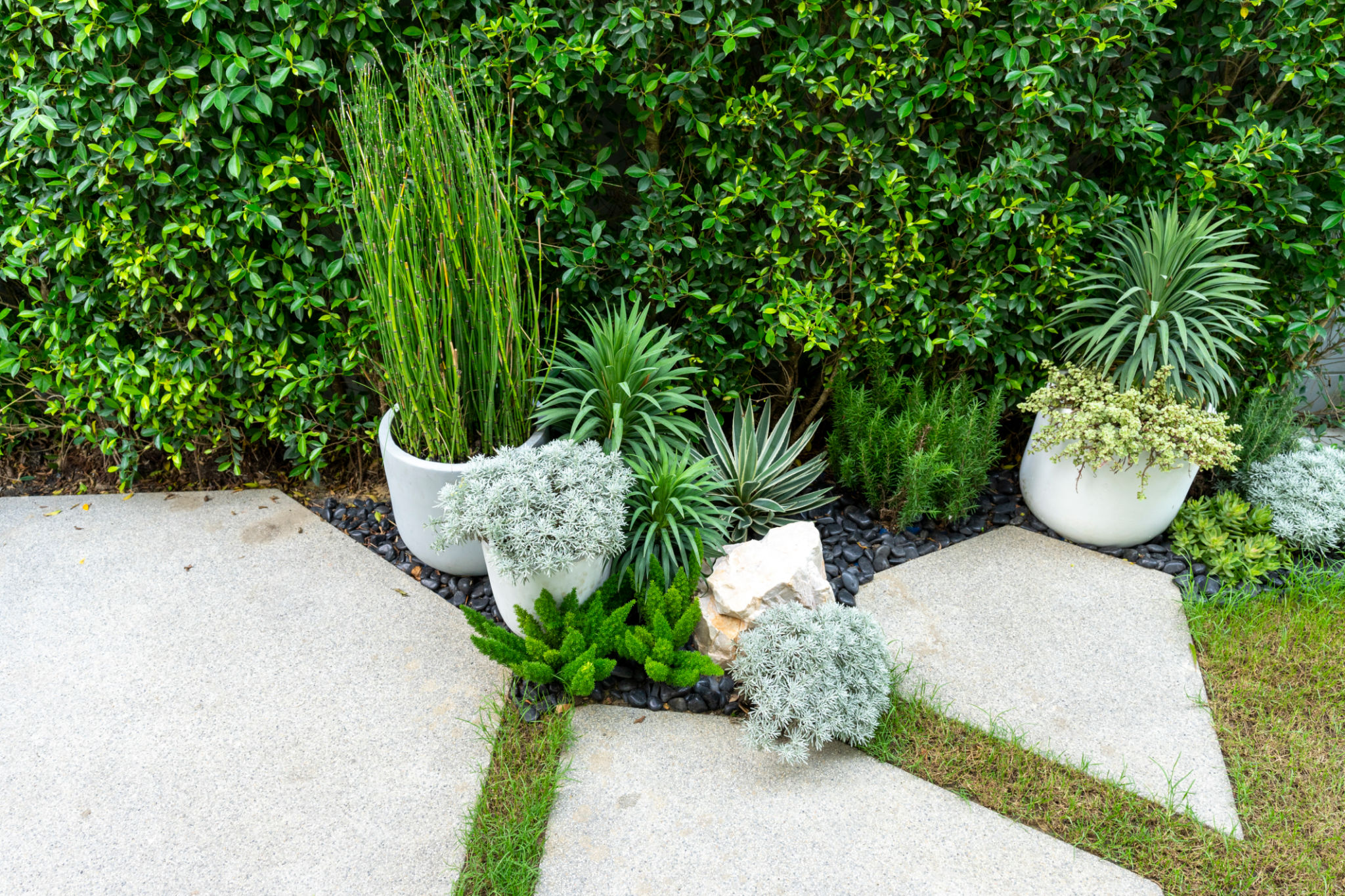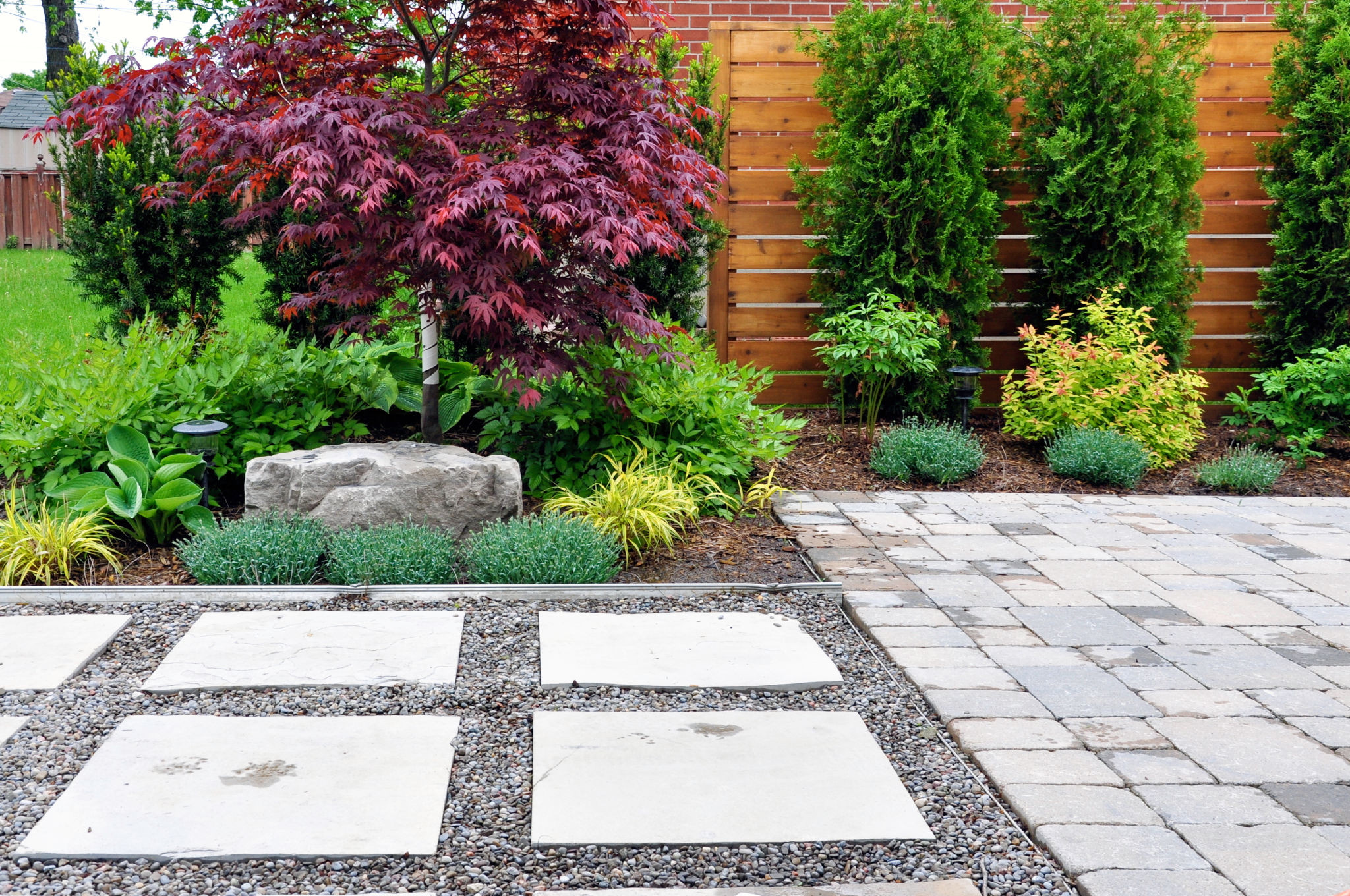Expert Tips for Designing a Low-Maintenance Garden
PP
Choose the Right Plants
When designing a low-maintenance garden, selecting the right plants is crucial. Opt for native plants, as they are adapted to the local climate and soil conditions, requiring less water and care. Additionally, consider drought-tolerant options like succulents and ornamental grasses, which thrive with minimal irrigation.
Another key factor is selecting perennials over annuals. Perennials come back year after year, reducing the need for replanting and maintenance. Look for varieties that are known for their hardiness and disease resistance to further minimize upkeep.

Embrace Mulching
Mulching is a simple yet effective way to reduce garden maintenance. By covering the soil with a layer of organic material such as wood chips, straw, or bark, you can suppress weeds, retain soil moisture, and regulate temperature. This not only minimizes the need for watering but also saves time spent on weeding.
In addition to its functional benefits, mulch enhances the visual appeal of your garden, giving it a neat and finished look. Remember to refresh the mulch layer annually to maintain its effectiveness and appearance.
Implement Efficient Watering Systems
Installing an efficient watering system is essential for a low-maintenance garden. Drip irrigation systems and soaker hoses deliver water directly to the root zone, minimizing evaporation and ensuring that plants receive the moisture they need without overwatering.

Consider investing in a timer for your irrigation system, which can automate watering schedules based on weather conditions. This not only conserves water but also reduces the time spent manually watering your plants.
Design with Hardscaping
Incorporating hardscaping elements such as pathways, patios, and gravel areas can significantly reduce garden maintenance. These features provide structure and functionality while minimizing areas that require regular care.
Choose materials that complement your garden's style and are durable enough to withstand weather conditions. Hardscaping not only reduces upkeep but also adds visual interest and can enhance outdoor living spaces.

Group Plants by Water Needs
Grouping plants with similar water requirements simplifies irrigation and ensures that each plant receives the appropriate amount of moisture. This technique, known as hydrozoning, prevents overwatering or underwatering specific plants and conserves water.
Create different zones in your garden for plants with high, medium, and low water needs. This organization makes it easier to manage watering schedules and reduces the overall time spent on garden maintenance.
Prune Strategically
Pruning is an essential task in maintaining a healthy garden, but it doesn't have to be labor-intensive. Focus on strategic pruning by removing dead or diseased branches and shaping plants to encourage natural growth patterns.
Regularly check your garden for any plants that need attention, but avoid excessive pruning that can lead to increased maintenance. A well-pruned garden not only looks tidy but also promotes plant health and longevity.
